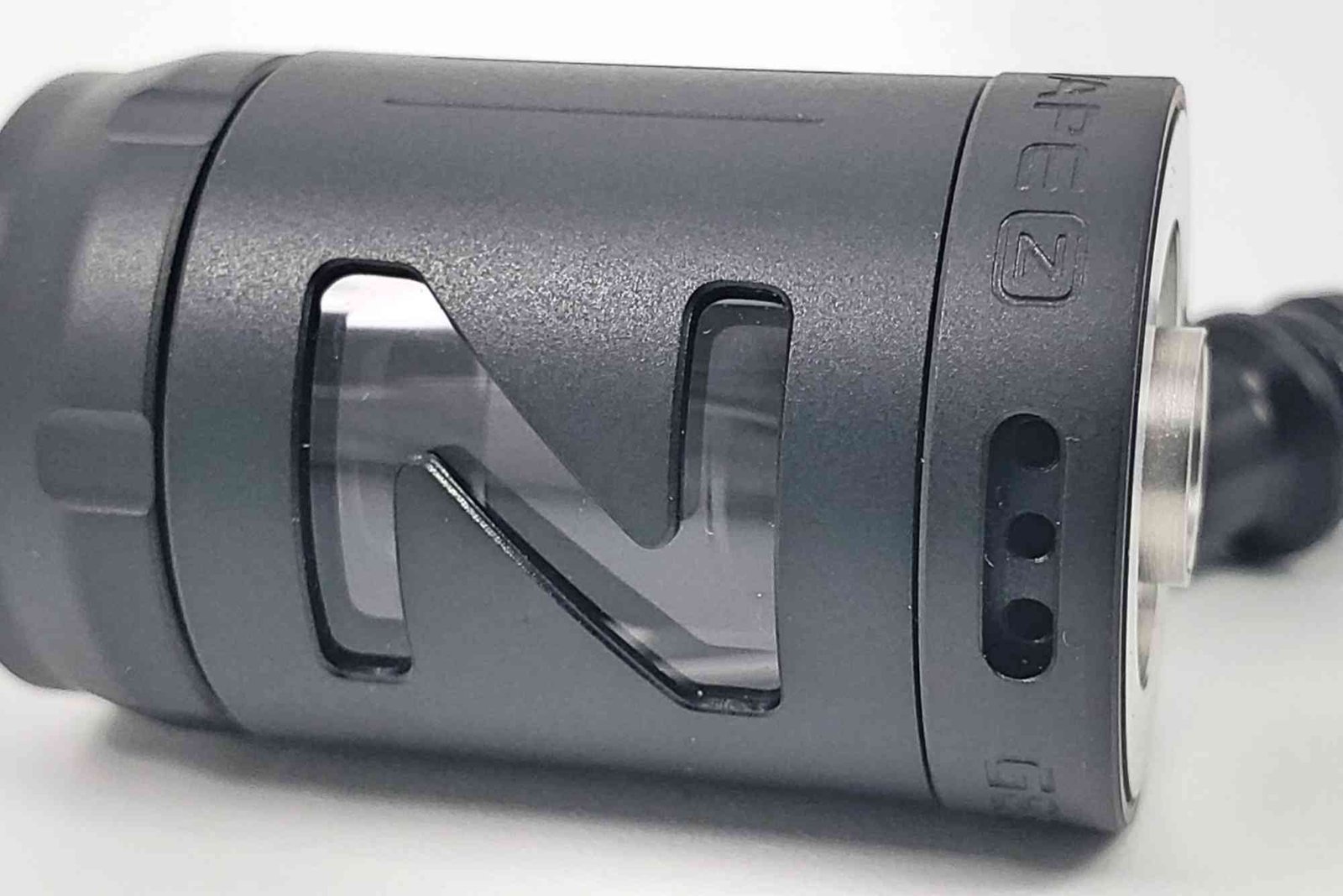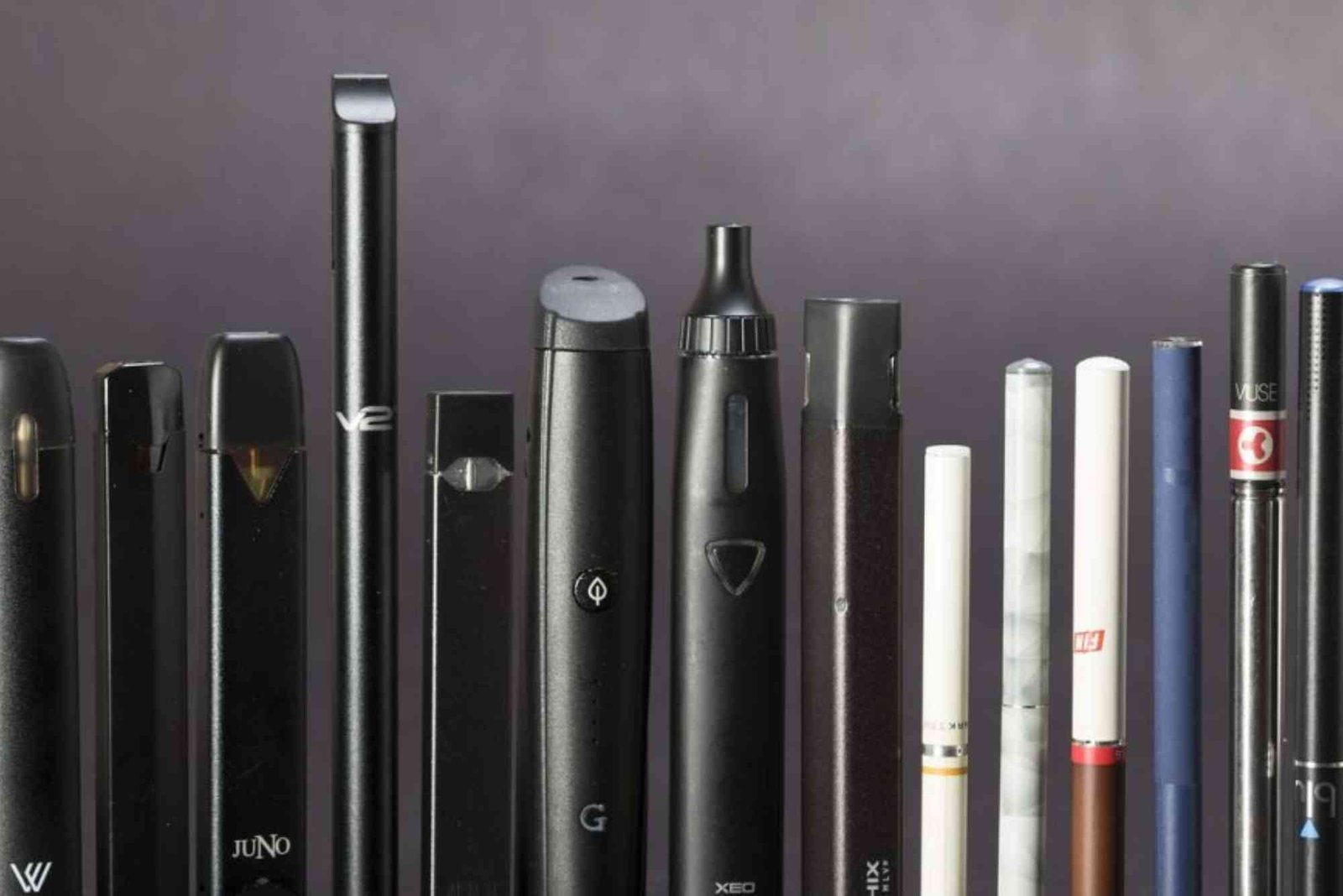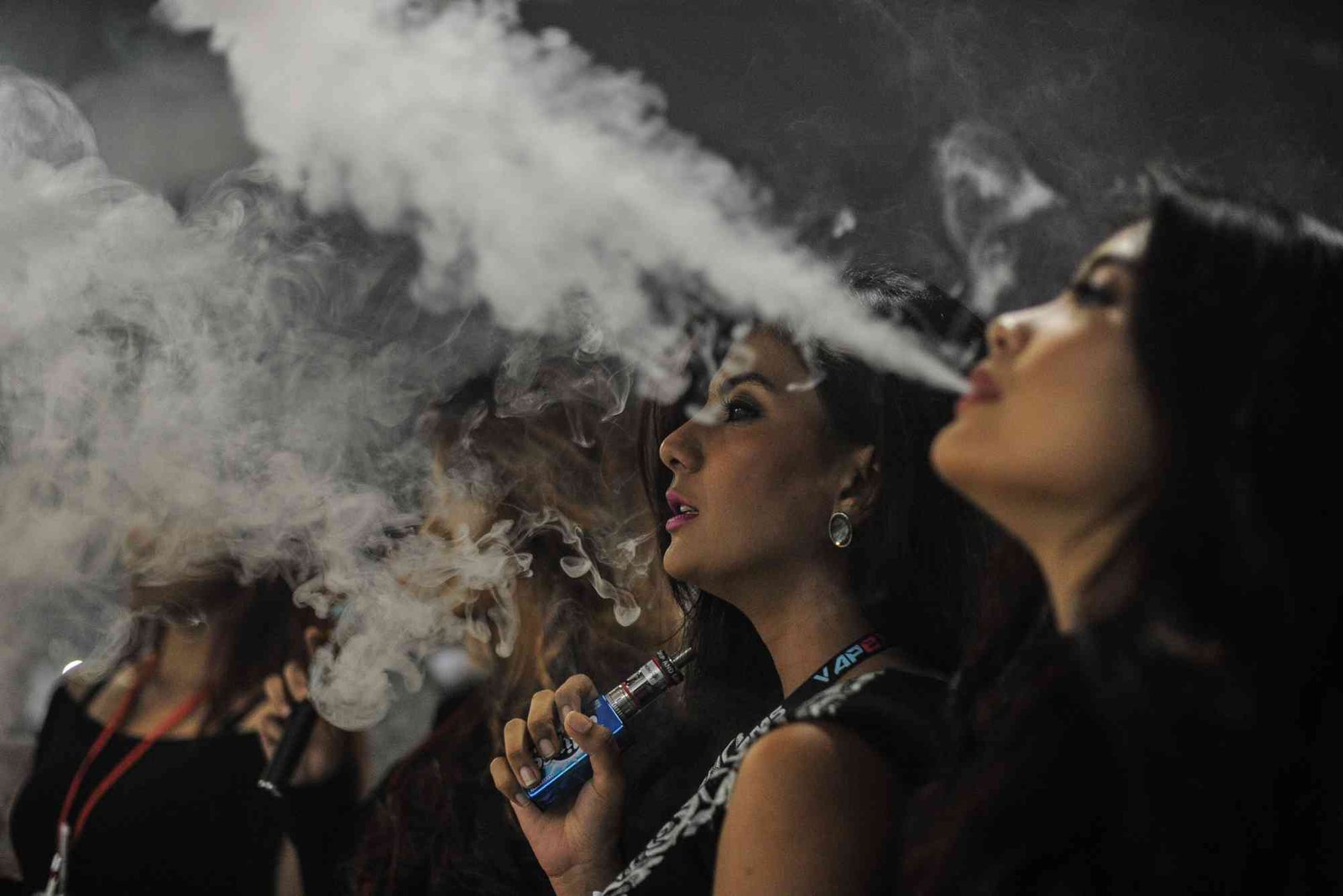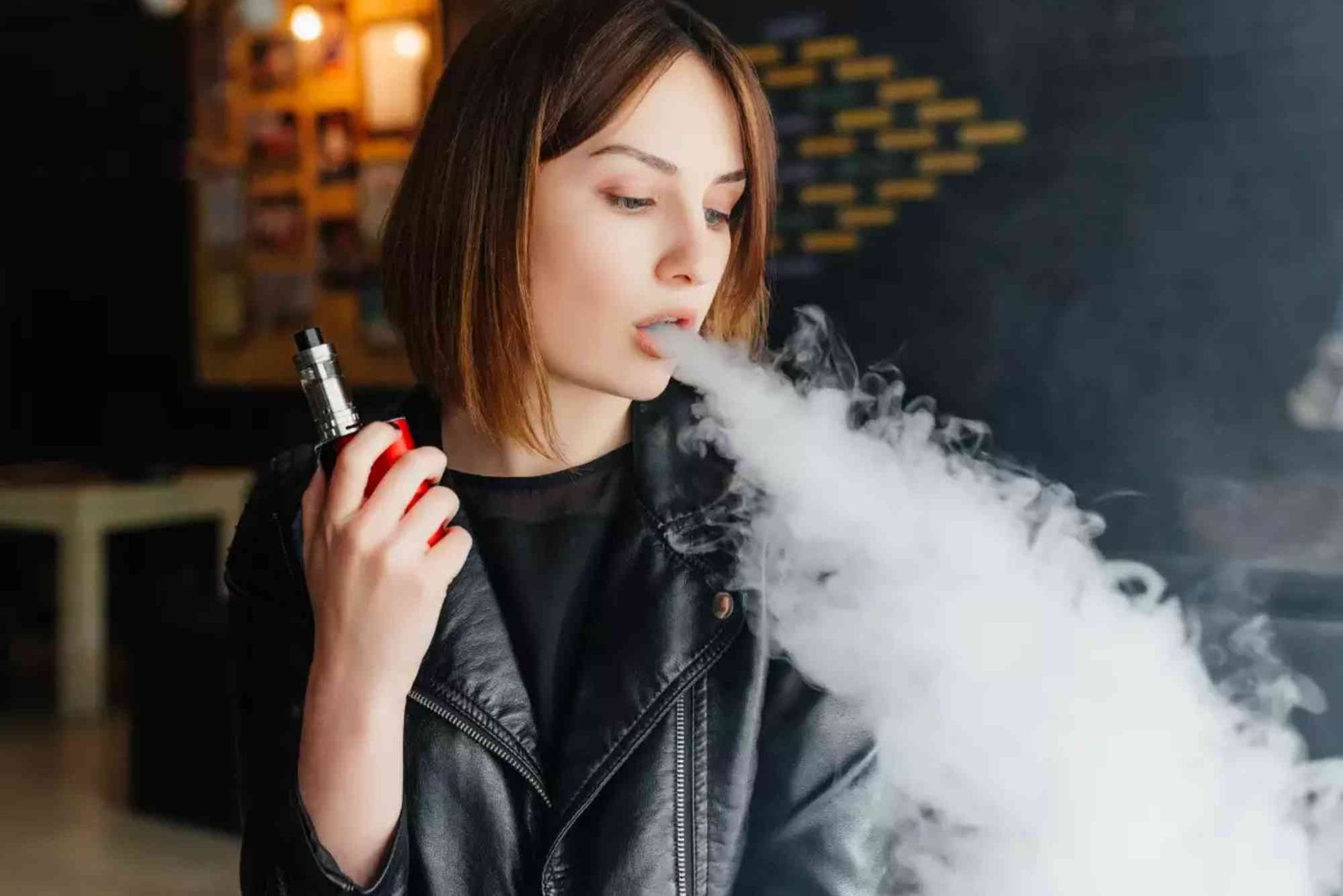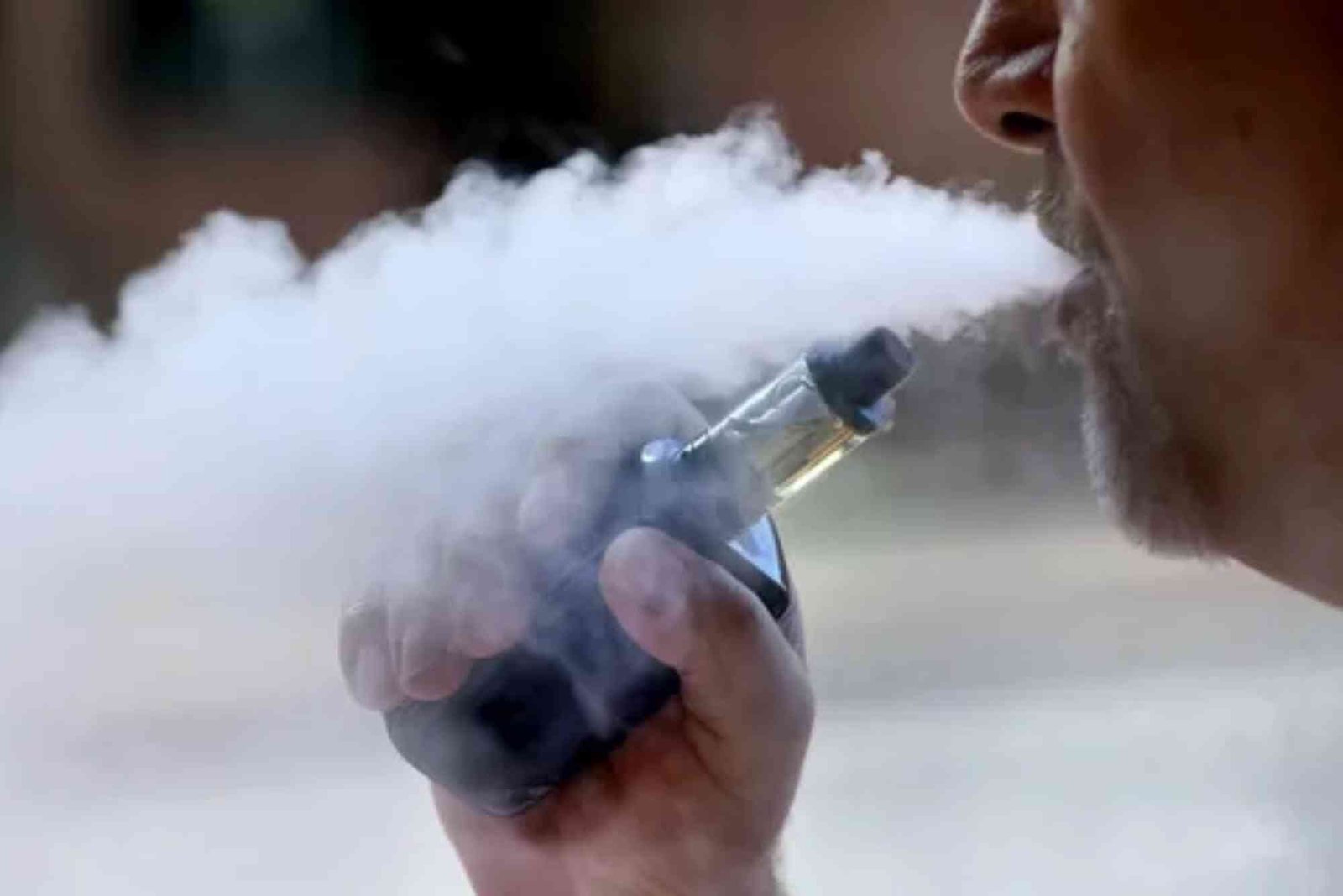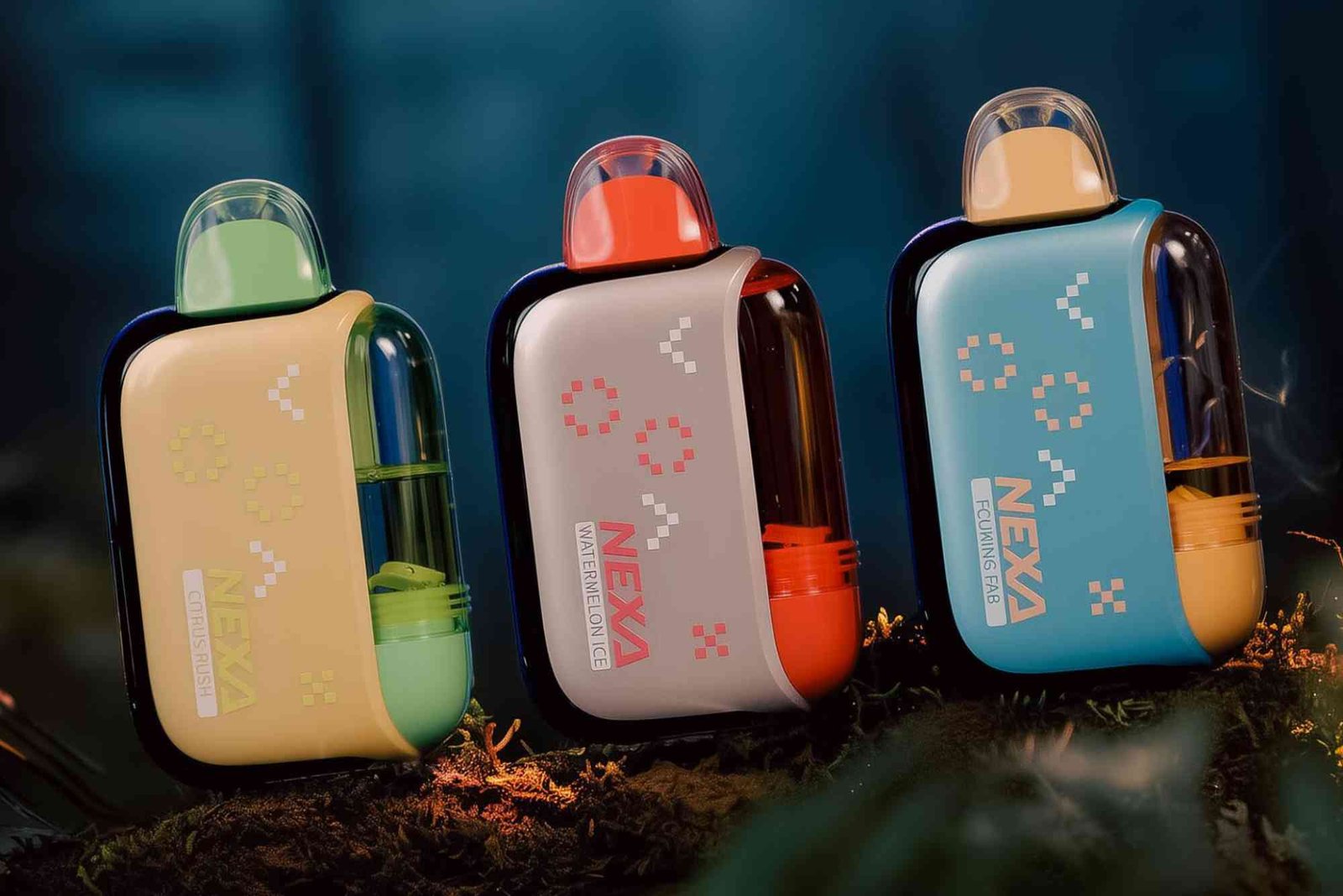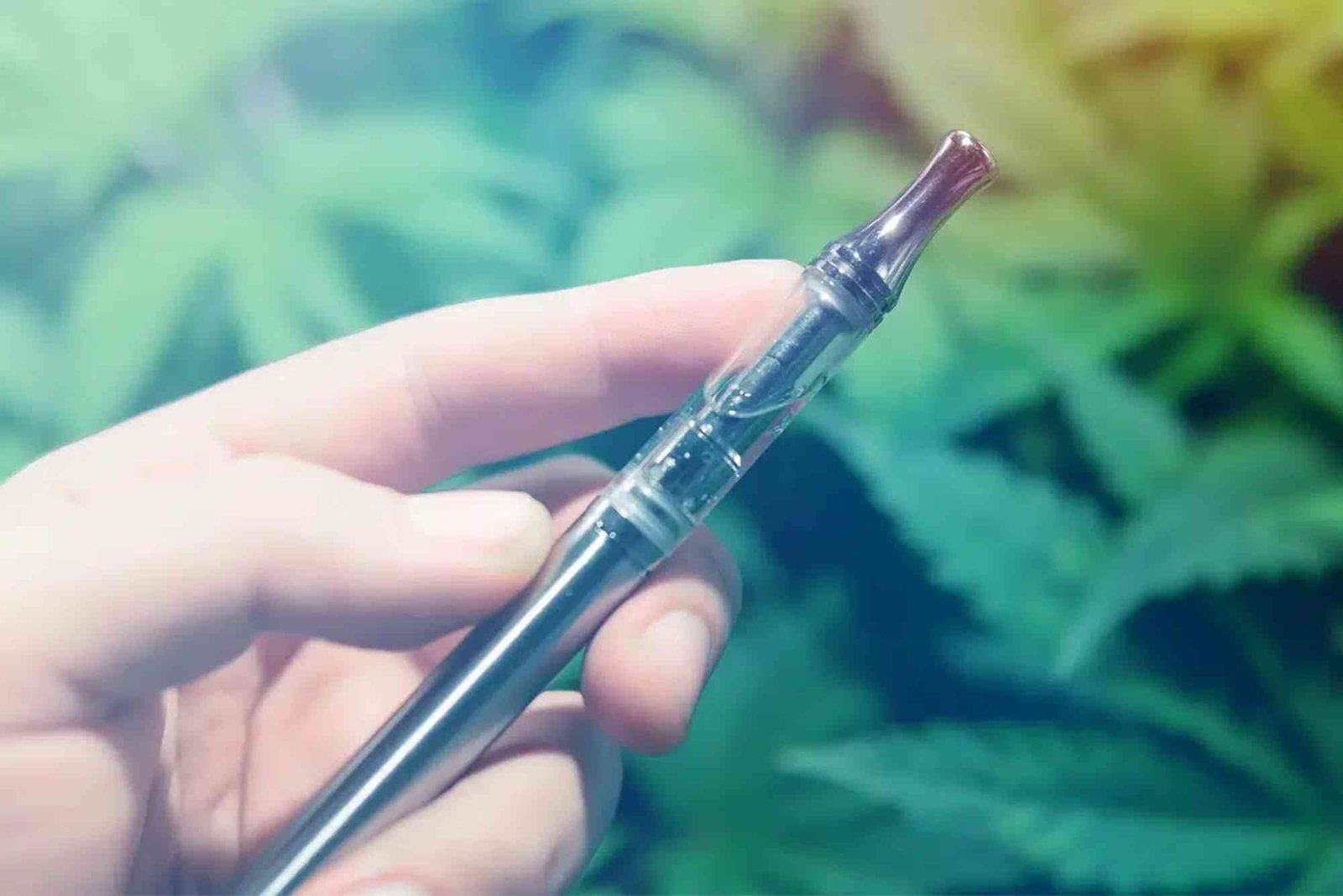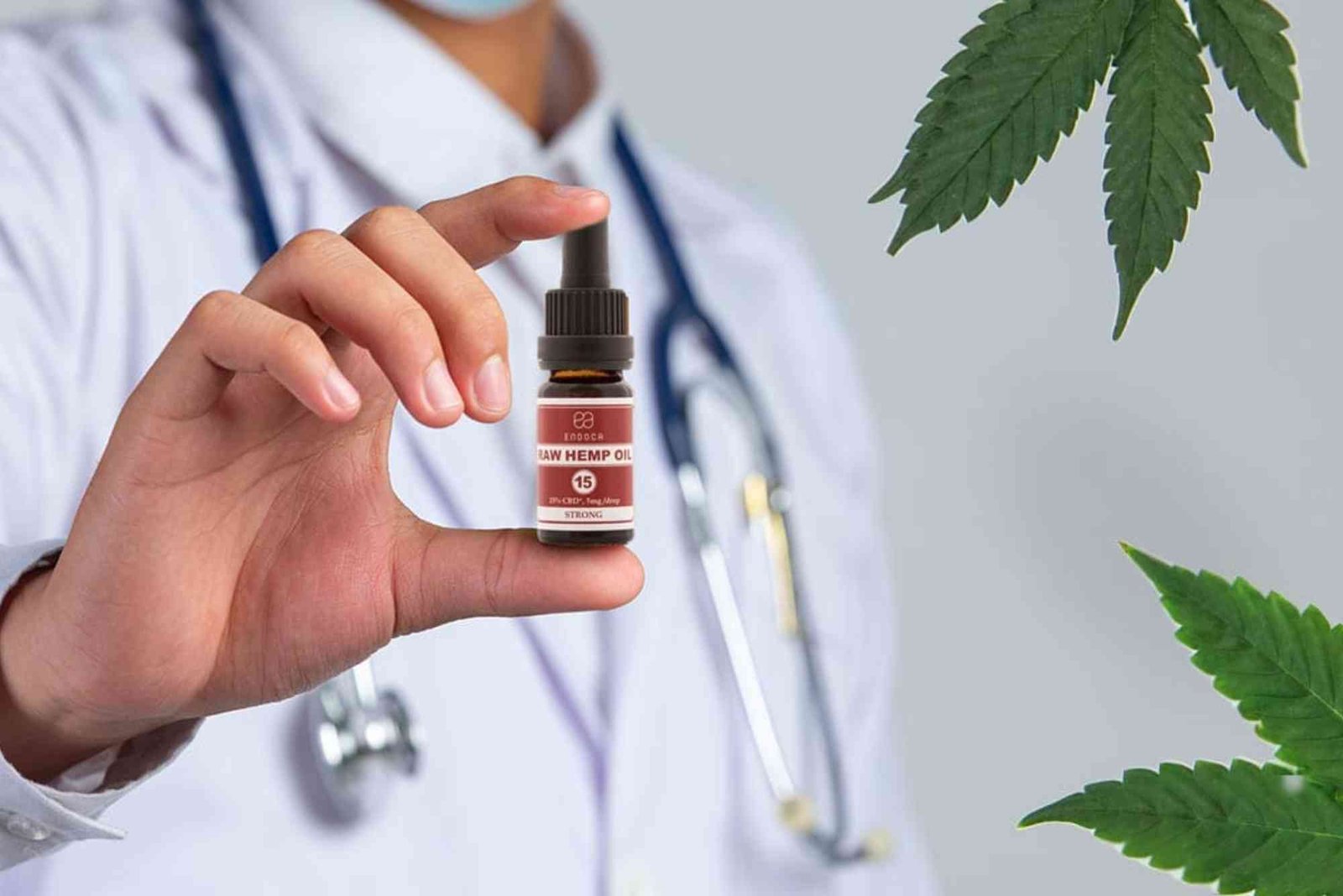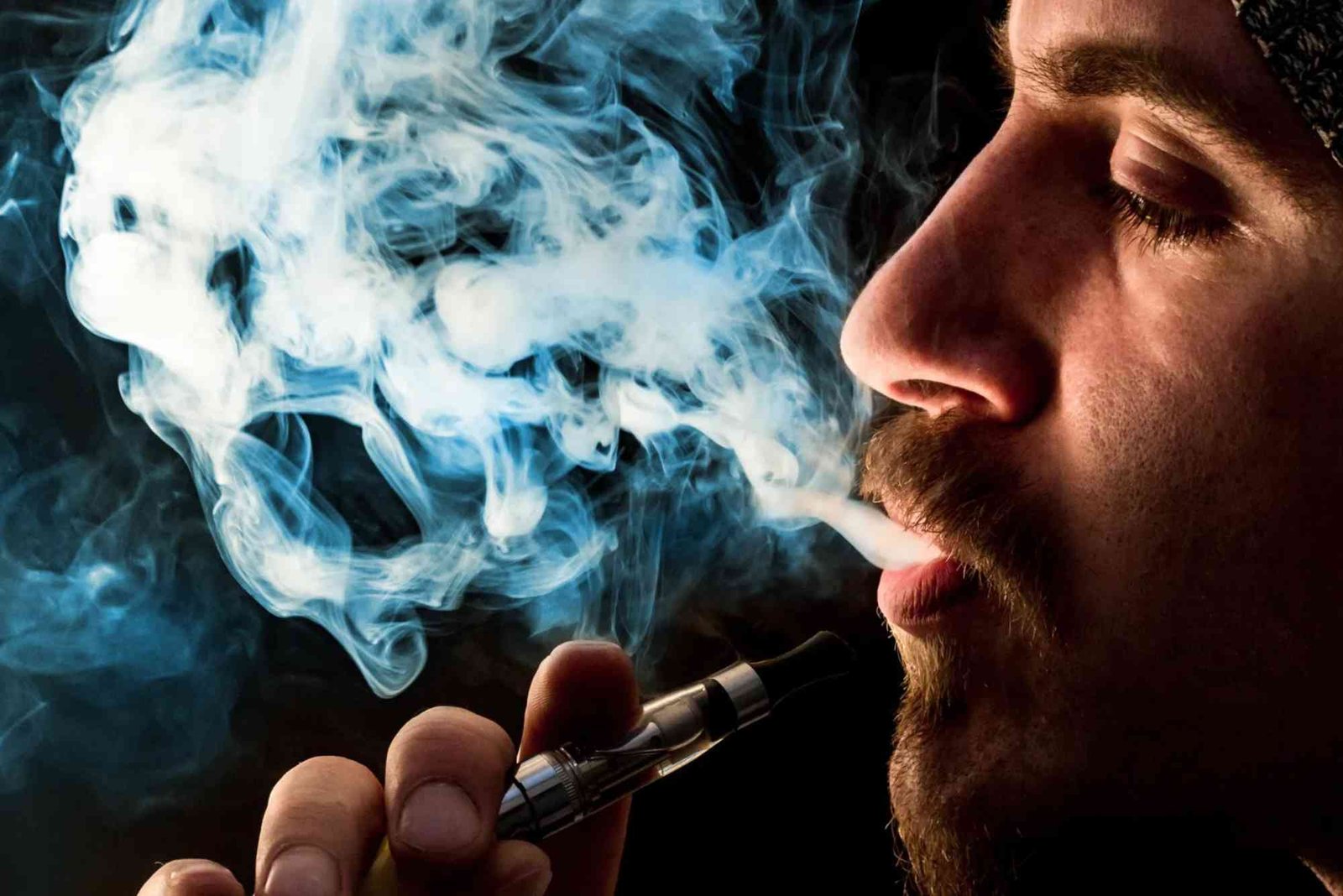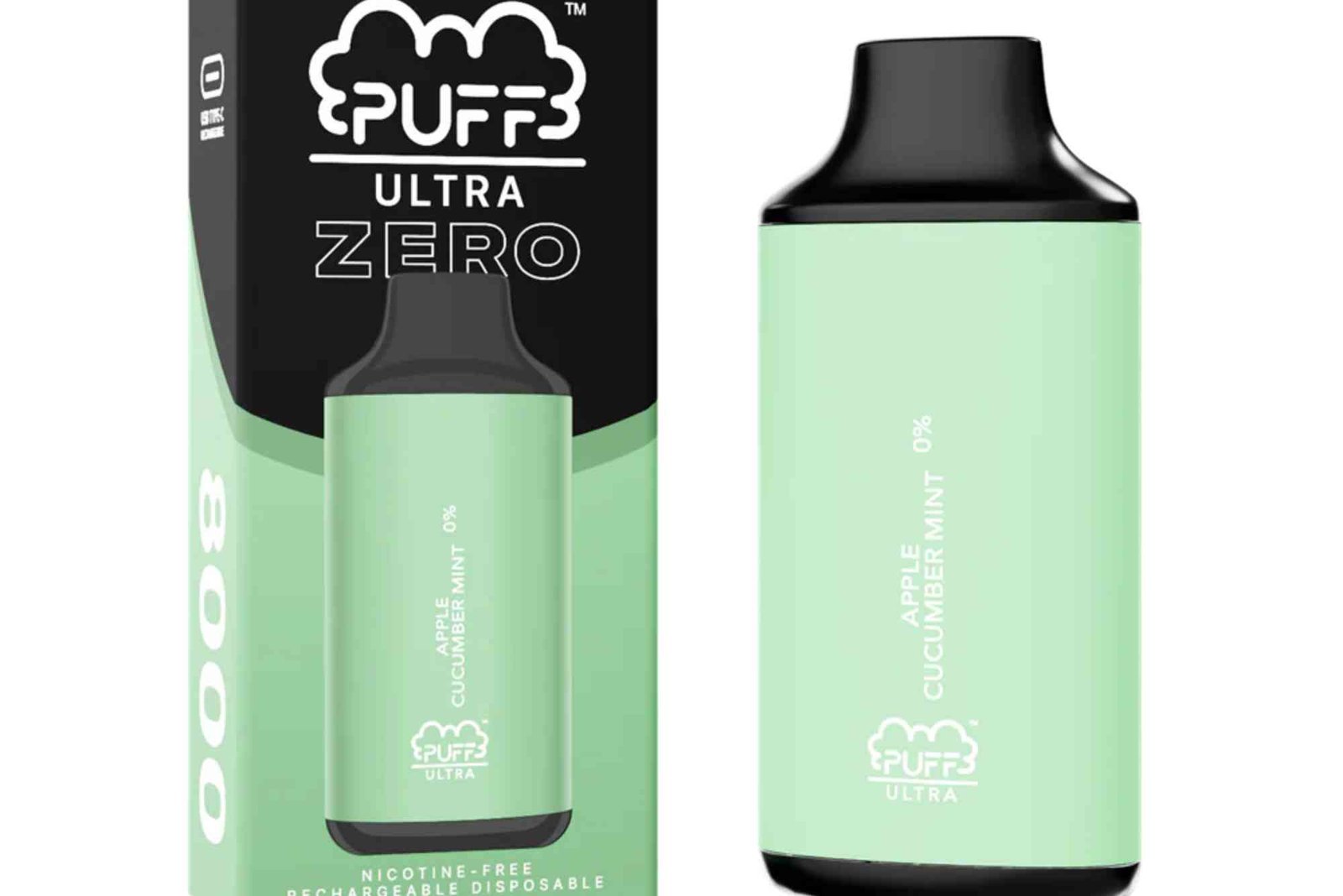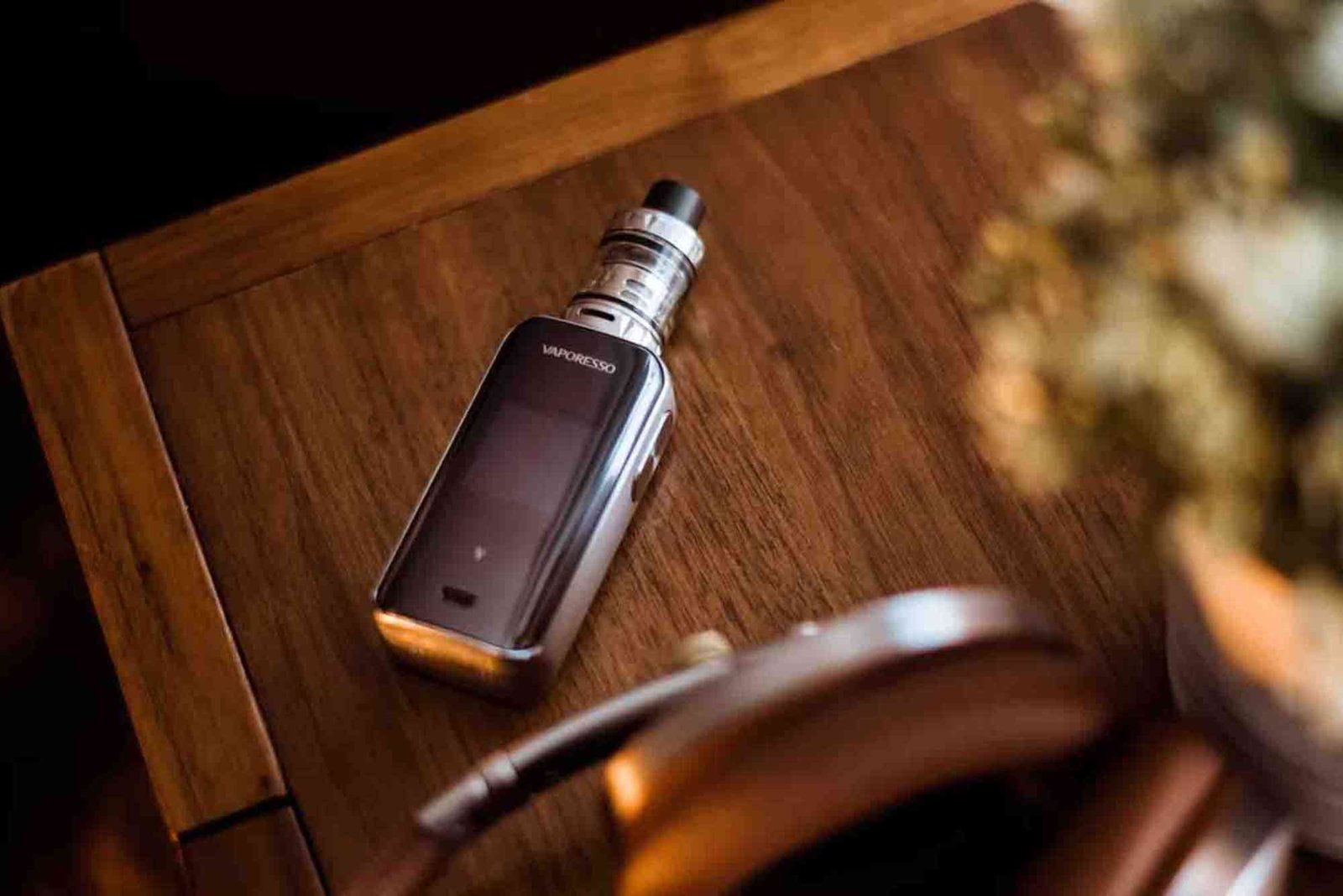The Role of Airflow in Vaping Experience
Airflow might seem like a small detail in vaping, but it plays a major role in how enjoyable — or frustrating — your experience can be. Whether you’re chasing clouds or savoring flavors, vape airflow control is the secret behind getting the hit just right.
Understanding how airflow affects vapor production, temperature, flavor intensity, and throat hit can completely change how you vape. In this guide, we’ll explore what vape airflow control is, how it works, and how beginners and seasoned users alike can adjust it to suit their style.
What Is Vape Airflow Control?
Vape airflow control refers to the ability to adjust how much air mixes with the vapor produced by your e-cigarette or vape device. Most modern vapes come with adjustable airflow rings or sliders, allowing you to fine-tune the air intake as you inhale.
This function isn’t just a gimmick. It influences every aspect of the vaping experience — from the warmth of the vapor to the size of the clouds and even how strong the nicotine hit feels.
Why Vape Airflow Control Matters
Small tweaks in airflow can have a big impact. If your vapor feels too hot, tastes burnt, or lacks flavor, your airflow settings might be the cause. Here’s what vape airflow control influences:
Vapor Temperature
Less airflow means hotter vapor. That can result in a warmer, denser hit — something many cloud-chasers love. But for others, especially those using higher nicotine strengths, too much heat can make each puff harsh.
Flavor Intensity
Tighter airflow often boosts flavor because less air dilutes the vapor. On the other hand, too little airflow may overheat the coil, burning the e-liquid and muting the flavor. Finding the balance is key.
Throat Hit
If you’re coming from smoking, you might crave a strong throat hit. Reducing airflow makes the hit feel sharper and stronger. Increasing airflow softens the throat hit, making it smoother and easier for new vapers.
Vapor Production
More airflow usually means bigger clouds. That’s because extra air keeps the coil cooler and allows for longer inhales without overheating the device. However, that also results in a milder flavor.
How to Adjust Vape Airflow for Different Styles
Every vaper has a personal preference. Some prioritize flavor; others care about big clouds. Let’s break down how to use airflow for different goals.
Mouth-to-Lung (MTL) Vaping
This style mimics smoking. You first draw vapor into your mouth, then inhale it into your lungs. MTL vaping requires a tight airflow setting. It provides a concentrated, flavorful hit and works well with higher nicotine e-liquids.
Most pod systems and beginner vapes are optimized for MTL with restricted airflow. If your device allows airflow control, close it down until the draw feels similar to pulling on a cigarette.
Direct-to-Lung (DTL) Vaping
DTL vaping means inhaling vapor directly into your lungs. This style uses low nicotine levels and high wattage settings. Open airflow is essential here. It allows you to inhale deeply without irritation or overheating the coil.
DTL users often go for sub-ohm tanks or rebuildable atomizers. Wide-open airflow settings help create large, cool clouds, making this method popular among cloud chasers.
Restricted Direct Lung (RDL) Vaping
RDL offers a middle ground. It allows a tighter draw than DTL but isn’t as restrictive as MTL. You’ll want moderate airflow — not fully open, but not closed down completely.
This setting is great for those who enjoy moderate clouds and still want decent flavor intensity.
How Airflow Affects Coil Performance
Your airflow setting can influence how well your coil performs and how long it lasts. More airflow cools the coil, preventing dry hits and extending lifespan. Tighter airflow increases coil temperature, which can boost flavor but might shorten the coil’s life if overdone.
Proper vape airflow control reduces the risk of:
- Spitback: Caused by too much juice flooding a cold coil.
- Leaking: Common with open airflow while your device is idle.
- Burnt hits: From overheating due to restricted airflow or chain vaping.
Always match your airflow settings with your wattage and coil resistance. For high-wattage coils, open airflow is ideal. For low-wattage setups, a more restricted setting works better.
Tips for Finding the Right Vape Airflow Control Setting
If you’re new to airflow adjustment, don’t worry — there’s no perfect setting that fits everyone. But a few tips can help you dial it in faster:
- Start in the middle. Then adjust slightly open or closed until it feels right.
- Consider your e-liquid’s nicotine strength. Higher nicotine usually needs tighter airflow.
- Watch for signs like excessive heat, dry hits, or muted flavor — these often signal poor airflow balance.
- Experiment with small changes. Even slight adjustments can make a noticeable difference.
Once you get the feel for it, vape airflow control becomes second nature — like adjusting the volume on your headphones.
Airflow and E-Liquid: What You Need to Know
The thickness (VG/PG ratio) of your e-liquid should match your airflow setting. Here’s why:
- High VG liquids (70% VG or more) are thicker and produce more vapor. They pair well with open airflow and sub-ohm coils.
- High PG liquids are thinner, offer more throat hit, and work better with tight airflow and MTL devices.
Mismatch the two, and you may face dry hits, leaking, or flavor loss. Always align your e-liquid choice with your device’s airflow and coil type.
Advanced Airflow Features in Modern Devices
As vaping tech evolves, airflow systems have become more sophisticated. High-end devices now offer:
- Honeycomb airflow: A grid-like design that smooths airflow and reduces turbulence.
- Top-to-bottom airflow: Helps prevent leaking while maintaining flavor and cloud performance.
- Dual or triple airflow slots: Offer finer control for experienced users.
These options give users more power to personalize their vape. But remember, more airflow options mean more responsibility — small misadjustments can affect performance significantly.
Common Airflow Mistakes and Fixes
Even experienced vapers make mistakes with airflow. Here are a few to avoid:
- Too tight for sub-ohm vaping: Can cause overheating and burnt hits.
- Too open with high-nicotine liquids: May mute throat hit and flavor.
- Not adjusting after coil change: New coils may require different airflow settings.
- Forgetting to close airflow before storing: This can lead to leaks.
Fixing these is simple — just tweak your settings and observe the results. Your vape should taste better, hit smoother, and last longer.
FAQs
What does airflow control do on a vape?
It adjusts how much air mixes with vapor during a puff. This impacts flavor, cloud size, throat hit, and vapor temperature.
Is more airflow better in a vape?
Not always. More airflow makes clouds cooler and larger but can reduce flavor. Less airflow enhances flavor and throat hit but may heat up the vapor.
How do I know if my airflow is too open?
You might get a weak flavor, minimal throat hit, or feel like you’re inhaling just air. Try closing it slightly to improve performance.
Can airflow affect nicotine absorption?
Yes. Tighter airflow delivers a stronger throat hit and may help absorb nicotine faster, especially with higher-strength e-liquids.
Why is my vape leaking through the airflow holes?
Leaking usually happens when the airflow is left open during storage or if you overfill the tank. Keep airflow closed when not in use.

